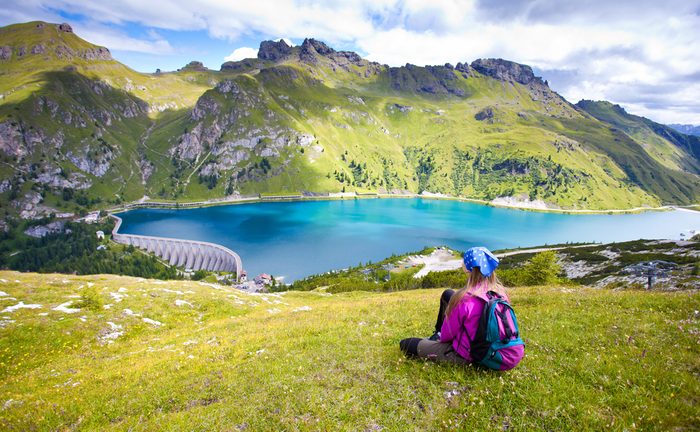
How to hike like a pro
Hiking, like walking, is a pretty simple and safe activity, but it requires a bit of prep. To hike comfortably and safely, follow these golden rules to hike like a pro. And remember, the reward for a hike that includes some hills might be a panoramic view once you reach the top, not to mention that the downhill leg will be a relative breeze.
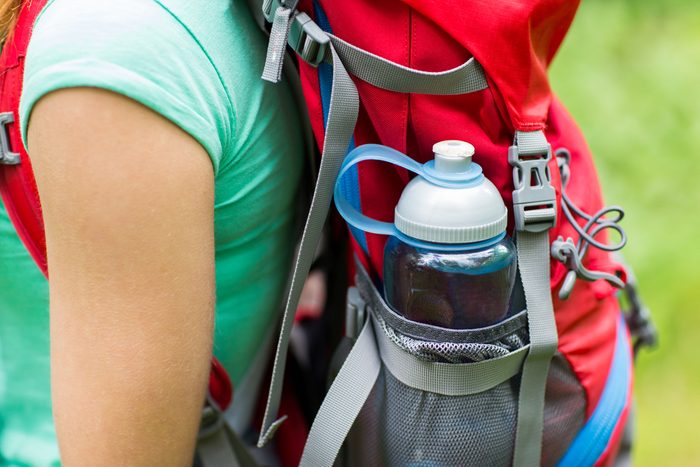
Carry enough water
A classic beginner hiker’s mistake is to set out without enough water. Yes, water is heavy, so when you’re choosing a trail, make sure it’s short enough that you can complete it with a little extra weight. Plan to carry about one litre of liquid per person for every two hours of hiking you plan to do. A word to the wise: Never drink from streams. Even if the water looks pristine, it is likely filled with bacteria or other organisms that can make you very sick.
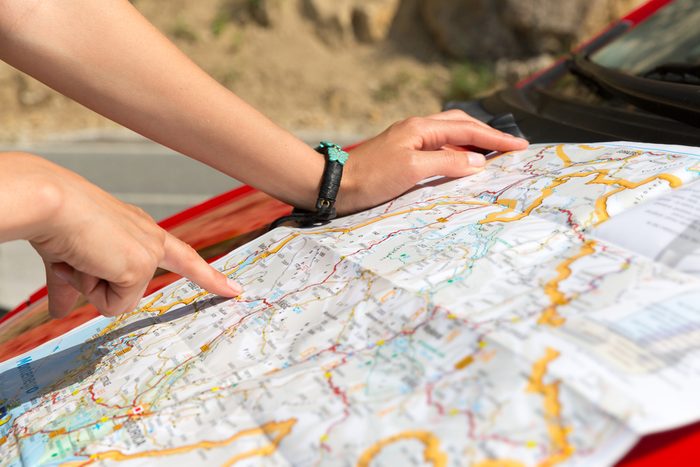
Buy a detailed trail map
Some park websites provide trail maps, but often guidebooks with more detailed maps are available for purchase. Do yourself a favour before you hike and buy a better map or download an app. If you’re using a map from a guidebook, make a copy of the map to keep in your backpack so you don’t have to carry the whole book. If you’re using your smartphone or watch, make sure it’s got enough battery power and bring along a portable charger if you’re unsure. And of course, tell a friend where you are going and when you plan to return.
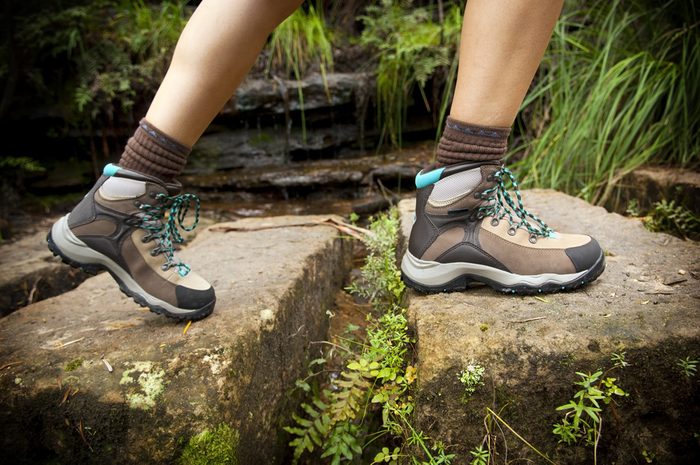
Pace yourself
If you’re hiking with a group, let the least fit person – even if it’s a child – set the pace. Remember, you don’t just have to reach the vista the trail leads to; you also have to get back.
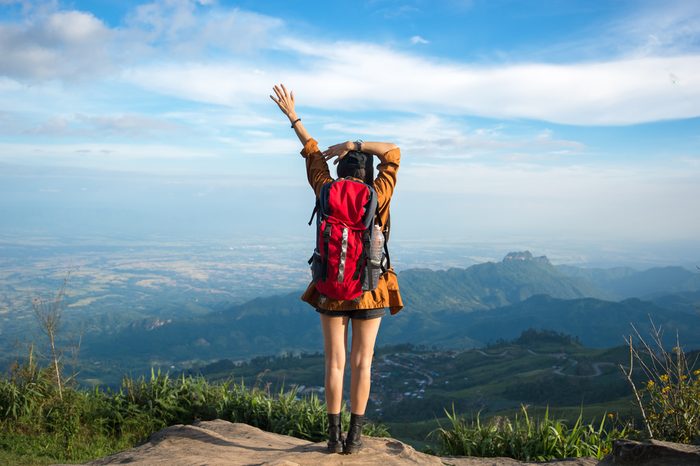
Practice good trail etiquette
If you’re hiking with a group of friends and another hiker or a smaller group approaches, step aside and let the lone hiker or smaller group pass. For safety, hikers should yield to anyone on horseback. And always abide by the “leave no trace” principles, which include respecting wildlife, staying on durable paths rather than tramping on vulnerable land, and the most obvious: putting garbage where it belongs, even if that means you have to carry it for kilometres.
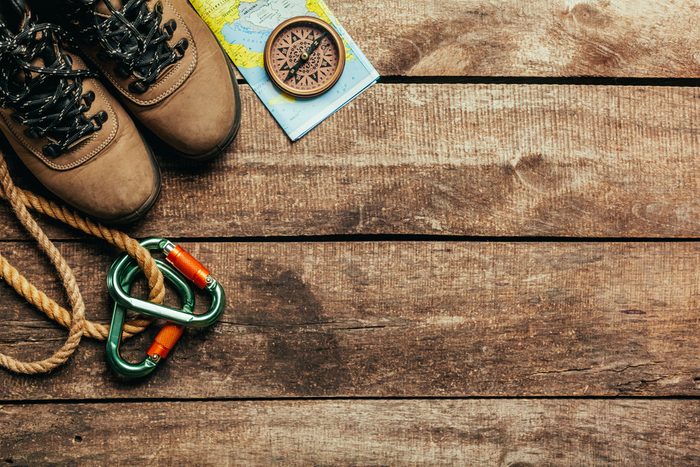
Be prepared
For safety’s sake, it’s a good idea to carry a few key items, including a small flashlight with fresh batteries, a compass or GPD, and first-aid kit containing bandages, an ace bandage, tweezers (to remove splinters) and antihistamine tablets (for bee stings). Also bring a whistle. If you get injured or lost, blow three times-that’s the signal for “I need help.” As for snacks, bring foods that pack a lot of energy into a small space, such as nuts, protein bars, peanut butter sandwiches, and beef jerky.

Dress smart
There’s a saying about mountain weather: If you want it to change, wait five minutes. You can set out in nothing but sunshine and midway through the hike wish you’d brought a rain jacket. We can pretty much sum up our advice in two words: wear layers. This way you’ll be prepared for a range of temperatures (remember, the higher up you hike, the colder it will get).
Of course, you can hike in jeans or shorts, a T-shirt, and sturdy athletic shoes, but clothing made from quick-drying technical fabrics will be more comfortable. We suggest a shirt made of a lightweight synthetic fabric, a warm mid-layer top fleece, and a lightweight rain shell. You’ll also want to bring a hat or visor and some sunblock.
As for your feet, whether you wear traditional above-the-ankle hiking boots or a sturdy pair of shoes depends on the terrain you want to tackle. On rocky terrain, you’ll want a boot with hefty soles that will protect your feet from “stone bruises” and provide enough support and stability to keep you from twisting an ankle. On smoother terrain, you can wear shoes resemble running shoes but have extra traction.
Read more for your ultimate guide to fashionable hiking.
